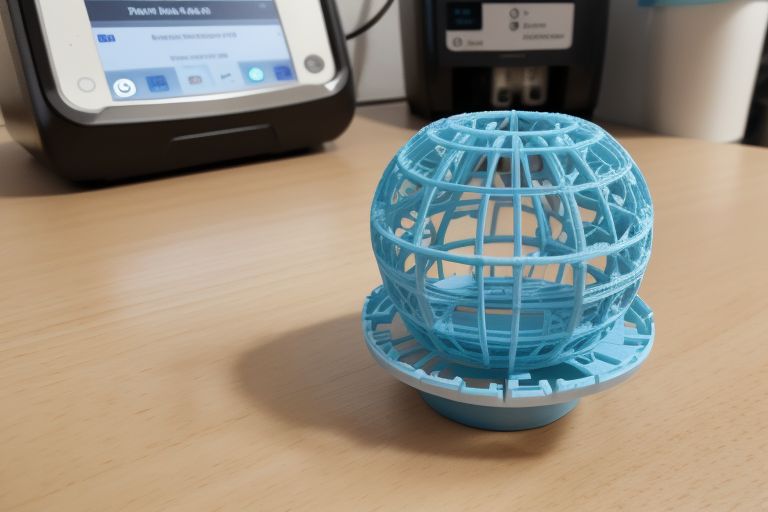3D printing, also known as additive manufacturing, is revolutionizing the field of medicine by offering custom solutions that promise to significantly improve patient care and outcomes. This technology allows for the creation of precise, patient-specific models, implants, and devices, catering directly to the individual needs of patients. Here’s how 3D printing is paving the way for better healthcare:
Personalized Implants and Prosthetics
One of the most significant advantages of 3D printing in medicine is the ability to produce custom-tailored implants and prosthetics. Traditional methods often result in a one-size-fits-all approach, which can lead to discomfort and less-than-optimal outcomes for patients. With 3D printing, implants and prosthetics can be designed to fit the exact anatomical specifications of a patient, improving comfort, functionality, and integration with the body’s tissues.
Anatomical Models for Surgical Planning
3D printed anatomical models can be created from a patient’s imaging data, providing surgeons with a physical model of the area to be operated on. This is particularly useful in complex surgeries, such as those involving the heart, brain, or intricate bone structures. Surgeons can use these models to plan the surgery more effectively, reducing operation times and improving outcomes.
Bioprinting Tissues and Organs
Bioprinting, a specialized form of 3D printing, involves the creation of tissue and organ structures that can be used for testing drugs or, potentially, for transplant. This area of research is still in its early stages but holds promise for addressing organ shortages and reducing the need for animal testing. Bioprinted tissues can be customized with a patient’s own cells, minimizing the risk of rejection.
On-Demand Medical Tools and Devices
3D printing can be used to produce sterile surgical tools and medical devices on-demand, reducing costs and improving accessibility, especially in remote or under-resourced areas. This includes everything from simple tools like scalpel handles and forceps to more complex devices like custom dental devices or orthopedic supports.
Challenges and Future Directions
Despite its potential, the integration of 3D printing into mainstream medical practice faces challenges. Regulatory hurdles, quality control issues, and the need for specialized equipment and training are among the barriers that must be overcome. However, as technology advances and these challenges are addressed, 3D printing is expected to become an increasingly integral part of medical care.
The ongoing development of 3D printing technologies promises even more innovative solutions in the future. Advancements in materials science, bioprinting techniques, and digital imaging are likely to further expand the capabilities of 3D printing in medicine, making personalized healthcare more accessible and effective than ever before.
In conclusion, 3D printing in medicine offers the potential for highly personalized healthcare solutions, improving patient outcomes and efficiency in medical procedures. As research and technology continue to advance, the scope of what’s possible with 3D printing in healthcare is bound to expand, marking a significant shift in how medical care is approached and delivered.



